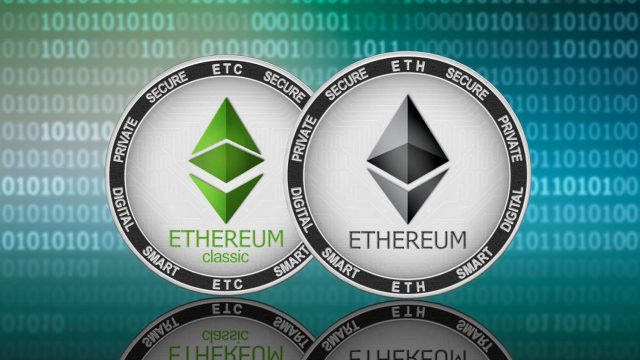
In the crypto world, there’s either Bitcoin (BTC) or altcoins (every other coin). Of the several altcoins that exist today, Ethereum (ETH) and Ethereum Classic (ETC) are two cryptocurrencies that have been making good waves as of late. Of course, cryptocurrencies are volatile. However, these two altcoins remain popular choices for many crypto traders and investors.
Although the two cryptos share the same word ‘Ethereum,’ they are not completely the same. Several things set them apart. But what’s the difference between Ethereum and Ethereum Classic, and how did we end up with two cryptocurrencies with a similar name?
In this post, we will be looking at some key differences between Ethereum and Ethereum Classic. Get ready to see everything you need to know about the two thriving cryptos.
What is Ethereum (ETH)?
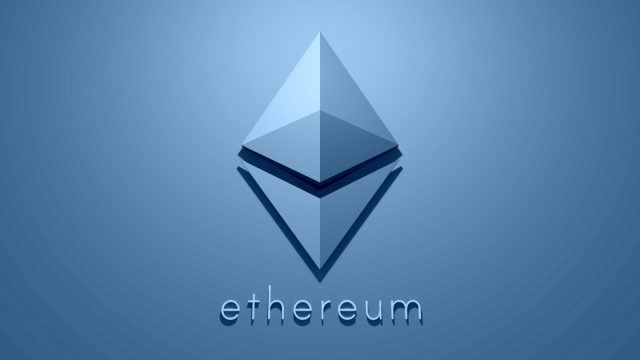
Ethereum is the most widely used blockchain-based platform that allows the creation of decentralized apps (dApps) supported by smart contracts. A smart contract is an agreement in form of a computer code between two people. The agreement is designed to automatically execute an action when the conditions in the agreement are met.
The main feature that distinguishes the Ethereum blockchain from other blockchains is that it allows developers to write codes and create applications on the network. Although created in 2013 and launched in 2015, Ethereum has quickly gained significant popularity and acceptance in the crypto community.
Today, it is one of the most robust cryptocurrencies that is, and it continues to expand its horizons for the public without relying on any single authority.
What is Ethereum Classic (ETC)?
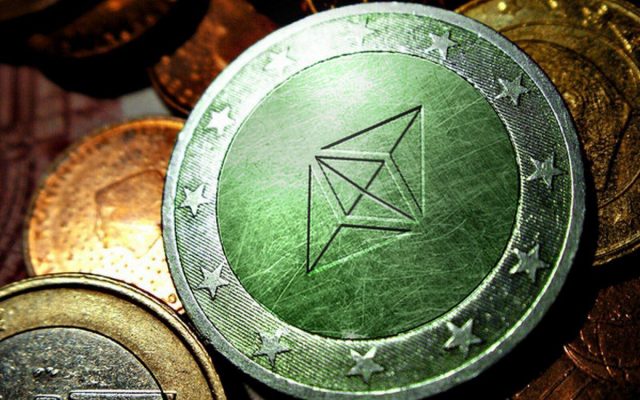
ETC was created as a result of the hard fork that happened to the Ethereum platform in 2016 after the hack of the Ethereum-based Decentralized Autonomous Organization (DAO). The fork also got the community to split into two opposing camps.
ETH Vs ETC Split: How Did the Fork Happen?
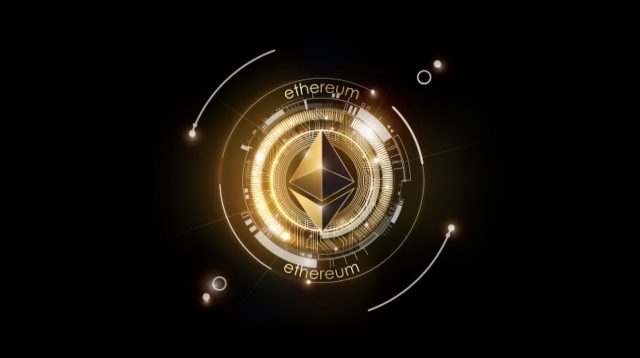
Unlike the Bitcoin and Bitcoin Cash fork which was done for ideological reasons, Vitalik Buterin proposed the Ethereum fork in 2016 as a necessary step to avoid a disaster that could have led to a total collapse of Ethereum price. The fork created two separate Ethereum blockchains; the original blockchain continued as Ethereum Classic while the new assumed the name Ethereum.
Both ETH and ETC have Ether as their native tokens, and that is the fuel that powers the Ethereum Virtual Machine and supercomputer network. The Ethereum fork happened around the same time there was Bitcoin’s halving, which further propels the cryptocurrencies into the mainstream limelight in 2017.
Price History of ETH and ETC

The price history of Ethereum has been an interesting one. When it was launched in 2015, Ethereum price traded at $1 but quickly rose to $15 in 2016. The crypto further rose in price in 2017 to an incredible new high of $1,400. The sudden growth in Ethereum price was largely attributed to the high demand for ICOs. But unfortunately, the trend didn’t last and the cryptocurrency fell from $1,400 to $80.
It doesn’t take long for the cryptocurrency to bounce back to its feet as it reached a new all-time high of $4,400 in 2024. Although there was a recent slump in price, the coin is doing well trading above $2,000 as it works on its recovery.
On the other hand, this year has been a great year for Ethereum Classic – even more than Ethereum itself. The cryptocurrency outperformed ETH in 2024 once it broke out from resistance. The crypto rose from its bear market low of $3 to more than $150 per coin.
Ethereum Classic Vs Ethereum 2.0; Are There Any Differences?
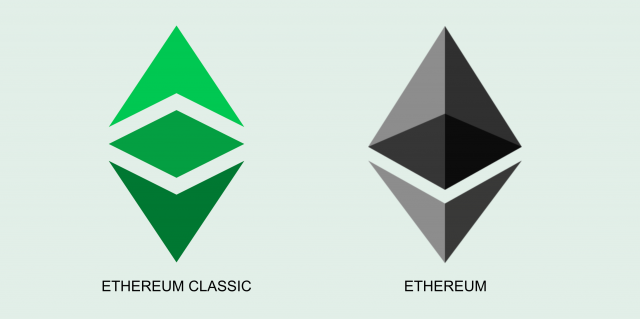
Because these two cryptocurrencies originated from the same code, just split into two separate paths, there are lots of similarities between them. However, there are still some key differences that helped set them apart – some of the differences are extreme.
1. Public acceptance
While Ethereum 2.0 enjoys huge popularity among the crypto community due to its efficiency and deliverables for developers worldwide, Ethereum Classic does not enjoy that much acceptance. Only a small part of the community has decided to move on with the classic approach of ETC.
2. Use cases and target market

Unfortunately, both cryptocurrencies are designed to do the same thing – that means they are both serving and competing for the same market share and userbase. This is one reason ETC is viewed as an attack on ETH.
However, because DeFi apps and NFTs are only built on ETH, and not on ETC, Ethereum 2.0 holds a lot of authority over Ethereum classic, and that it is far down the list of cryptos by market cap makes the matter worse for ETC.
3. Consensus mechanism
There is a huge difference between the two cryptos based on the type of consensus mechanism they use. While Ethereum Classic uses a Proof-of-Work (PoW) based consensus mechanism, Ethereum uses Proof-of-Stake (POS). That means, with ETC, new coins are produced by mining but with ETH, they are produced by minting or staking.
Mining has been a huge challenge in the crypto world because it consumes a lot of energy and requires costly hardware. However, it provides the platform with a high degree of security because it is extremely costly for hackers to hack the network. However, the lack of mining in the PoS consensus can be used for scalability as it may achieve higher throughput.
4. Security

Like earlier said, Ethereum Classic runs on the PoW algorithm while Ethereum uses PoS. This means ETC is more secured than ETH. However, although ETC ticks a “Yes” here, ETH is not a “NO” too. It is just that it is not as secured as ETC.
5. Coins supply
Since Ethereum no longer uses PoW, its maximum supply is also no longer limited by the mining process. The total supply of ETH is equal to its circulating supply and is continuously changing as block producers release the new coins. On the other hand, Ethereum Classic’s maximum supply has a limit of 211 million coins.
6. Market capitalization

As of early 2024, Ethereum occupies the 2nd position by market capitalization giving away the first position to only Bitcoin. As many investors begin to see the amazing potential of the project, they continue to support it. On the other hand, with its recent steady progress up the market cap, ETC is on the list of the top 20 cryptocurrencies, moving from between 60th and the 70th position. Nevertheless, this can change for either crypto at any time.
7. Fees and transaction speed
The transaction speed of both Ethereum 2.0 and Ethereum Classic is around 13 seconds. But the transaction fee on ETH is more than that of ETC. transaction fee on ETH is 0.0026 ETH while that of ETC is 0.0001 ETC.
Ethereum Classic vs. Ethereum 2.0; Which Is a Better Investment?
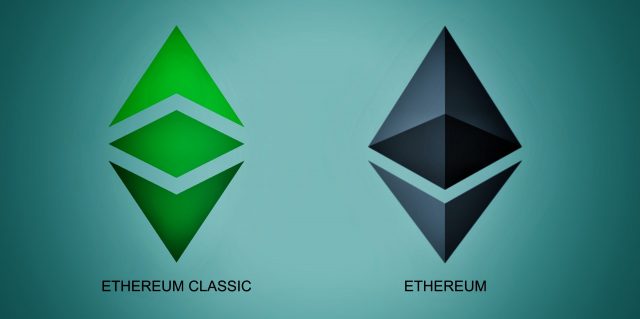
If what you seek is a long-term investment, going for Ethereum will definitely be a better move. Many catalysts could shoot up the value of ETH in the coming year. Some of them include the increasing demand for Decentralized Finance (DeFi), decentralized exchange (DEX) – they all show a promising bullish trend for ETH in the coming years.
Nevertheless, Ethereum Classic will also make a good investment if you intend to diversify your crypto investment portfolio. So, you will need to carefully consider your ultimate goal for investing and how much you want to invest before you can decide on either of the two. However, whether you are investing in Ethereum 2.0 or Ethereum Classic, make sure you choose a reliable platform like AnycoinDirect.eu. Choosing a trusted platform when buying your Ether could mean a lot to your investment journey!














